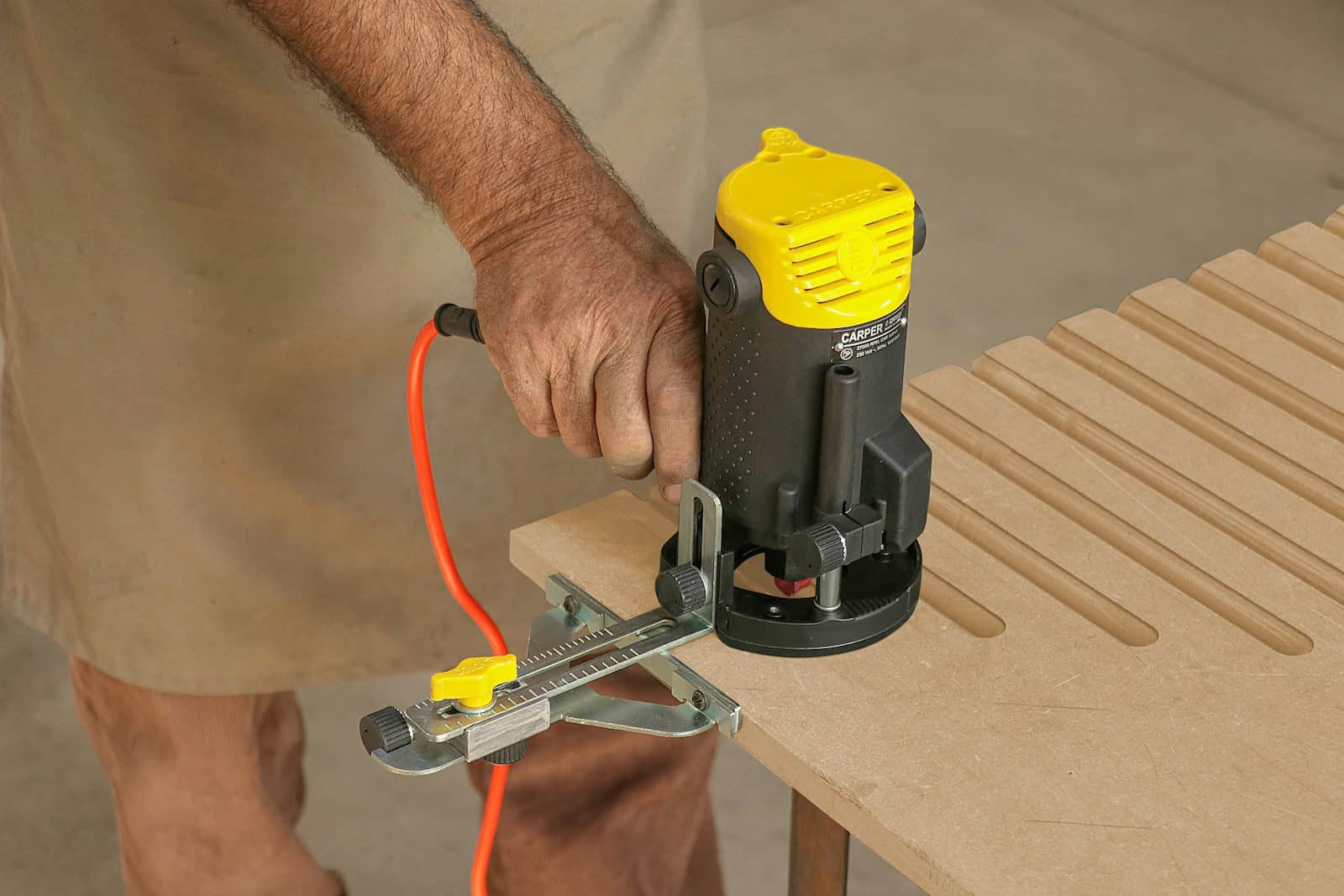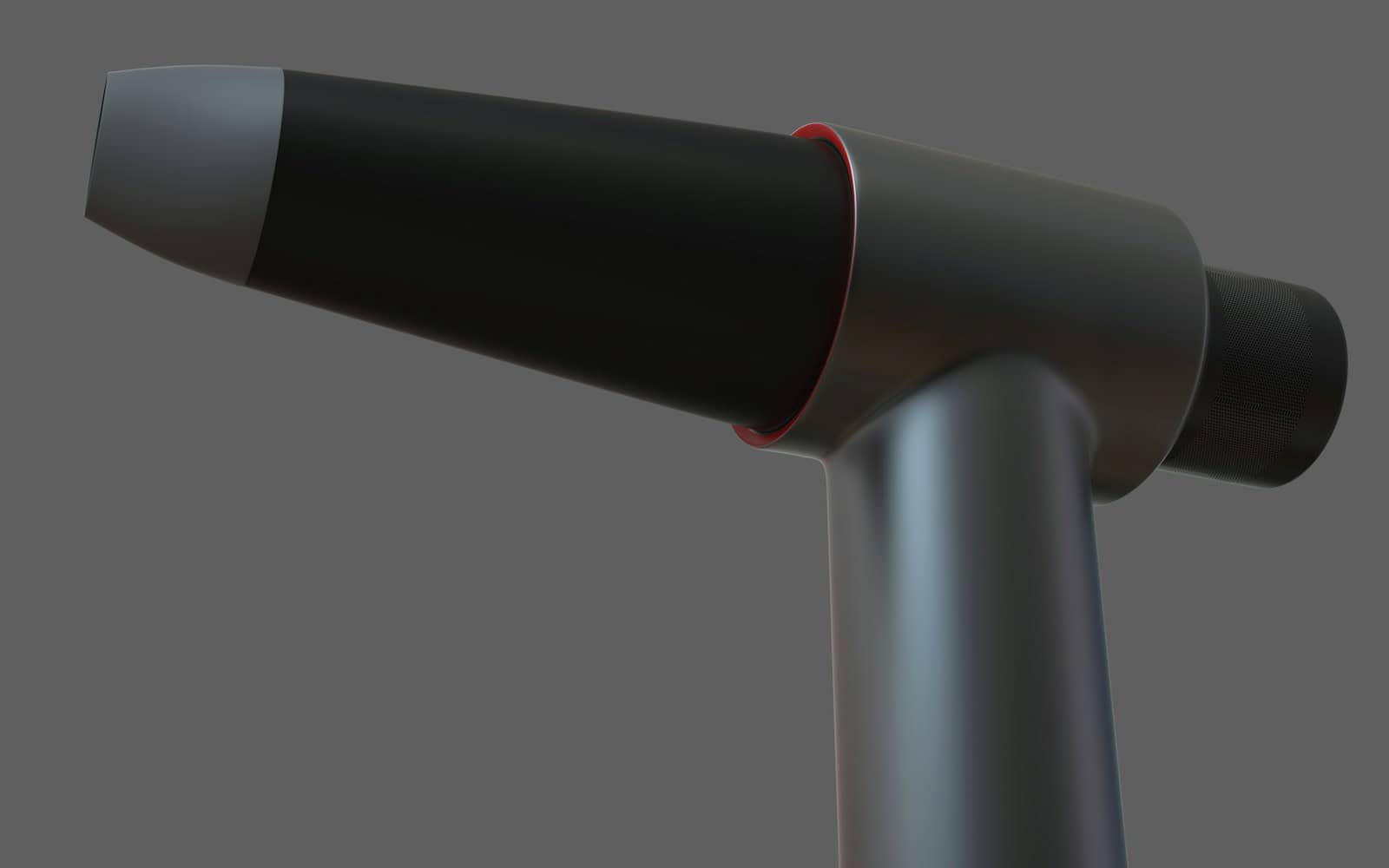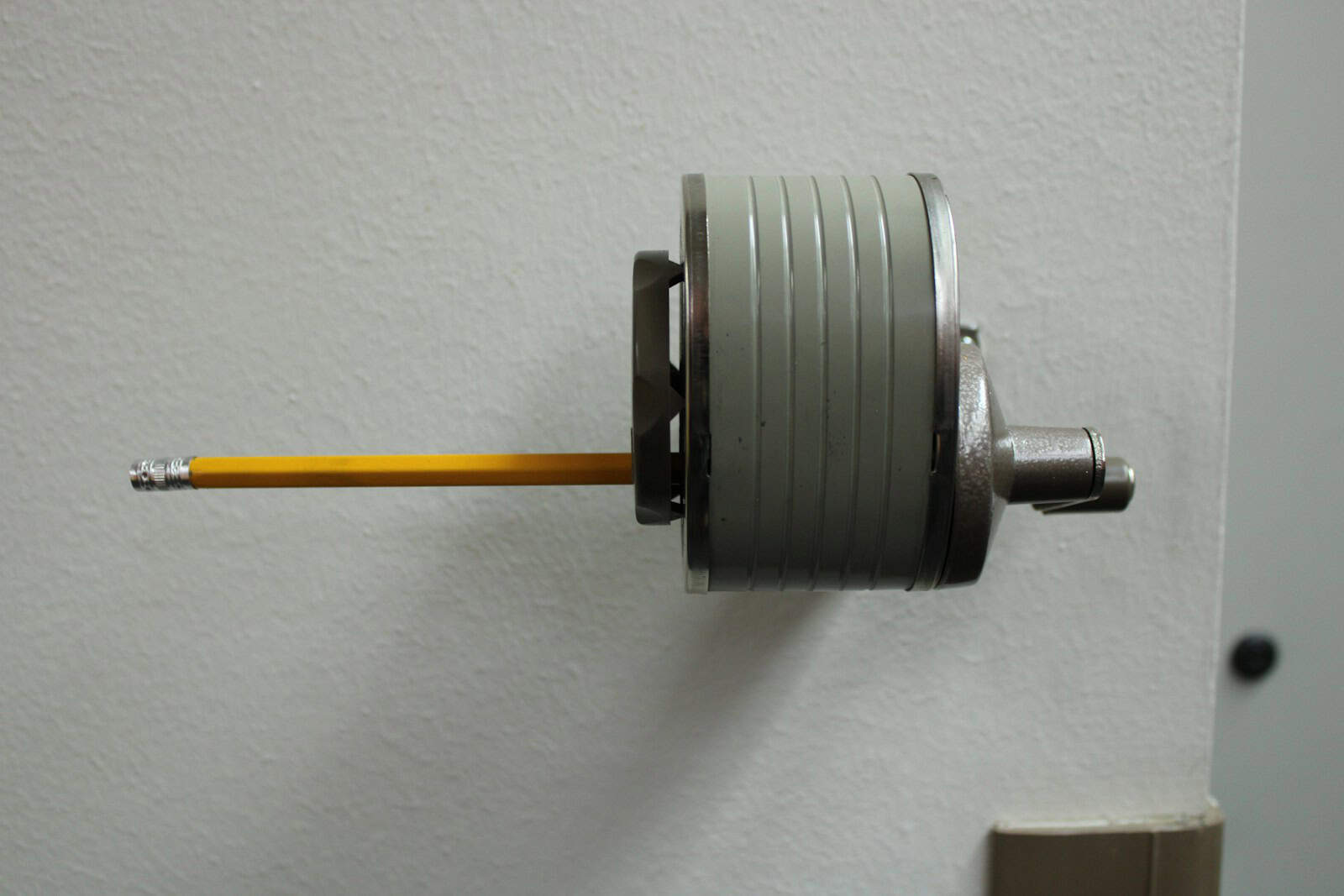Stud Screw M2 to M12 Specifications: A Complete Technical Guide for Engineers
Working with fastener specifications can be challenging for engineers and designers. A simple part like a stud screw follows many standards, material grades, and specific requirements that can greatly affect how well a final assembly works and lasts. This article aims to be a complete technical reference for M2, M3, M4, M5, M6, M8, M10, and M12 stud screws. We will provide a thorough, practical analysis that goes beyond basic information to cover the important aspects of design and use. This guide will break down the essential specifications, from size standards and strength classes to application rules and failure analysis, helping you choose the right fastener for your engineering needs with confidence.
Basic Structure and Types
To make sure the technical sections are clear, we must first establish common terms and a basic understanding of what a stud screw is and its main variations. This introduction will prevent any confusion about terminology and function.

What is a Stud?
A stud screw, or simply a stud, is a fastener without a head that has threads on one or both ends. Its main purpose is to be installed permanently or semi-permanently into a threaded hole. Once installed, it provides a fixed, protruding threaded stud onto which another object, such as a flange or a cover, can be secured using a nut. This design is particularly useful in applications requiring precise alignment or frequent removal of the nut-side component without disturbing the fixed-end installation. Studs are broadly categorized by their thread configuration, which directly relates to their intended application.
Key Types Covered
Within the M2 to M12 range, several common types of stud screws are used across various industries. Understanding their distinct designs is crucial for proper specification.
- Fully Threaded Stud Screws (e.g., DIN 976-1): As the name implies, these studs are threaded along their entire length. They are highly versatile and commonly used in tensioning applications, such as clamping two flanges together with a nut on each end. They can also be cut to custom lengths from longer threaded rods and are used as general-purpose studs where a specific unthreaded shank length is not required.
- Double-End Stud Screws (e.g., DIN 938, DIN 939): These studs feature two threaded ends separated by an unthreaded central shank. The key distinction between different standards lies in the length of the thread engagement end (the end screwed into the threaded hole). A DIN 939 stud, for instance, has a longer engagement end (approximately 1.25 times the nominal diameter, or 1.25d) than a DIN 938 stud (1d). This longer engagement is specified for use in softer materials like aluminum or brass, distributing the load over more threads to prevent stripping. Other standards exist for even longer engagement lengths (e.g., 2d or 2.5d) for very low shear strength materials.
- Tap-End Studs: This is a more general term for double-end studs where one end, the “tap end,” is designed for permanent installation into a component. This end may have a slightly modified thread profile or a class of fit that creates an interference fit, ensuring it does not back out during removal of the nut end.
Core Size Standards
This section directly addresses the primary need for detailed size specifications. It provides a data-heavy core reference, centralizing critical information from various international standards documents.

ISO vs. DIN
Fastener specifications are globally governed by organizations like ISO (International Organization for Standardization) and DIN (Deutsches Institut für Normung). While ISO standards are becoming the global benchmark, many DIN standards are still widely used and referenced in existing designs and documentation. Common standards relevant to stud screws include DIN 976-1 for fully threaded studs and DIN 939 for tap-end studs with a 1.25d engagement length. While there is significant overlap and many standards are harmonized, slight size or tolerance differences can exist. It is important for engineers to always reference the specific standard called out on a design drawing to ensure full compliance.
Detailed Size Table
The following table provides the fundamental size specifications for standard metric coarse thread stud screws from M2 to M12. These dimensions are the foundation for all subsequent engineering calculations, from joint design to strength analysis.
| Metric Size (d) | Thread Pitch (P) (mm) | Minor Diameter (mm) | Stress Area (As) (mm²) | Recommended Tap Drill Size (mm) |
| M2 | 0.4 | 1.567 | 2.07 | 1.6 |
| M2.5 | 0.45 | 2.013 | 3.39 | 2.05 |
| M3 | 0.5 | 2.459 | 5.03 | 2.5 |
| M4 | 0.7 | 3.242 | 8.78 | 3.3 |
| M5 | 0.8 | 4.134 | 14.2 | 4.2 |
| M6 | 1.0 | 4.917 | 20.1 | 5.0 |
| M8 | 1.25 | 6.647 | 36.6 | 6.8 |
| M10 | 1.5 | 8.376 | 58.0 | 8.5 |
| M12 | 1.75 | 10.106 | 84.3 | 10.2 |
*A Note on Stress Area (As):* The tensile stress area is a calculated value representing the effective cross-sectional area of the threaded section. For any strength calculation, this value, not the area based on the nominal diameter, must be used. It accounts for the reduced material at the thread root and provides the correct basis for determining the stud’s load-carrying capacity.

Material and Strength Classes
Choosing the correct material and strength grade is arguably more critical than selecting the size standard. This section provides an in-depth, practical analysis of what these specifications mean for performance and application, helping you to make informed decisions.
Strength Class Importance
For steel fasteners, strength is designated by a property class, such as 8.8, 10.9, or 12.9. This two-number system is a simple code for the material’s key mechanical properties.
- The first number (*X*) represents 1/100 of the nominal ultimate tensile strength (UTS) in megapascals (MPa). For example, for a Class 8.8 stud, the ‘8’ signifies a nominal tensile strength of *8 x 100 = 800 MPa*.
- The second number (*Y*) represents 10 times the ratio of the yield strength to the nominal tensile strength. For a Class 8.8 stud, the ‘.8’ signifies that the yield strength is 80% of the tensile strength. The calculation is *800 MPa (UTS) * 0.8 = 640 MPa (Yield Strength)*.
Understanding this system allows an engineer to immediately decode the two most critical strength characteristics of a steel stud directly from its designation.
Comparative Analysis Table
The following table compares the mechanical properties and typical use cases for the most common steel property classes and stainless steel grades available for M2-M12 stud screws. This serves as a primary reference for material selection.
| Property Class / Grade | Material | Nominal Tensile Strength (MPa) | Nominal Yield Strength (MPa) | Key Characteristics & Typical Applications |
| 4.6 | Low or Medium Carbon Steel | 400 | 240 | Low-stress applications, non-critical joints, general hardware. |
| 8.8 | Quenched & Tempered Steel | 800-830 | 640 | Most common structural grade; automotive, machinery, general engineering. |
| 10.9 | Quenched & Tempered Steel | 1040 | 940 | High-stress applications, high-tensile joints, critical components. |
| 12.9 | Quenched & Tempered Alloy Steel | 1220 | 1100 | Highest strength; safety-critical applications, engines, transmissions. |
| A2-70 (e.g., 304 SS) | Austenitic Stainless Steel | 700 | 450 | Excellent corrosion resistance; food processing, marine, chemical. |
| A4-80 (e.g., 316 SS) | Austenitic Stainless Steel | 800 | 600 | Superior corrosion resistance (chlorides); marine hardware, chemical plants. |
Beyond Standard Steel
While carbon and alloy steel studs are the most common, certain applications demand alternative materials. The decision to use these is almost always driven by environmental or special property requirements.
- Stainless Steel (A2/A4): The primary driver for selecting stainless steel is corrosion resistance. A2 stainless steel (from the 304 family) offers excellent resistance in atmospheric and freshwater environments. For more aggressive conditions involving chlorides, such as marine or de-icing salt exposure, A4 stainless steel (from the 316 family) is required. The molybdenum content in A4 grade provides superior resistance to pitting and crevice corrosion.
- Brass: Brass studs are chosen for applications where non-magnetic properties are essential, or where good corrosion resistance is needed with a decorative finish. They have significantly lower strength than steel and are not suitable for structural or high-load applications.
- Titanium: For applications demanding the highest performance, such as in aerospace or motorsports, titanium alloys offer an exceptional strength-to-weight ratio and excellent corrosion resistance. They are, however, a significantly more expensive option.

Application-Focused Selection
This section provides a practical decision-making framework to guide you from your application requirements to the correct stud screw specification. This process translates the technical data from the previous sections into actionable design choices.
A 4-Step Framework
Using a systematic approach ensures all critical variables are considered, reducing the risk of design errors and improving final product reliability.
- Analyze the Mechanical Load: First, quantify the forces the joint will experience. Are the loads static (constant) or dynamic (vibrating, cyclical)? Are they primarily tensile (pulling apart) or shear (slicing)? Calculate the maximum expected load on the stud and apply an appropriate safety factor. This required tensile strength directly informs your choice of Property Class from Table 2. A static load in a non-critical application might only need a Class 4.6 stud, while a joint under high cyclical vibration will demand a Class 10.9 or 12.9 stud to resist fatigue.
- Evaluate the Operating Environment: Next, consider the conditions where the stud will operate. What is the temperature range? Will it be exposed to moisture, chemicals, or salt? The answers guide your material choice. An indoor machine can use a standard zinc-plated steel stud, but equipment used on a chemical processing skid will require A4 stainless steel to prevent rapid failure from corrosion.
- Determine the Mating Material: The material of the threaded hole is a critical, often overlooked, factor. The strength of the internal threads must be sufficient to handle the preload generated by the stud. When installing a high-strength steel stud into a soft material like an aluminum block, we must use a stud with a longer thread engagement, such as a DIN 939 (1.25d) or even a 2d type. This distributes the load across more aluminum threads, dramatically increasing the joint’s resistance to stripping. A standard stud in this scenario would likely not provide sufficient holding power and would strip the hole long before the stud reached its proper preload.
- Consider Assembly and Maintenance: Finally, think about the lifecycle of the joint. Will it be frequently taken apart? If so, a double-end stud is preferable to a bolt, as it prevents wear on the threads in the main component. Is the assembly subject to vibration? If so, achieving proper preload is paramount, and the use of a liquid thread-locking adhesive should be specified to prevent loosening.
Specification Selection Matrix
The following matrix serves as a quick-reference guide, mapping common engineering scenarios to recommended stud specifications based on the 4-step framework.
| Application Scenario | Primary Challenge(s) | Recommended Property Class | Recommended Material | Recommended Stud Type/Feature |
| High-Vibration Machinery | Fatigue, Loosening | 10.9 or 8.8 | Alloy Steel | Fully Threaded (DIN 976). Use with thread-locking adhesive. |
| Engine Cylinder Head | High Temperature, High Tensile | 10.9 or 12.9 | High-Temp Alloy Steel | Custom double-end stud with specific thermal expansion properties. |
| Marine Equipment (Above Waterline) | Corrosion (Salt Spray) | A2-70 | 304/A2 Stainless Steel | Fully Threaded or Double-End. |
| Chemical Pump Housing | Aggressive Chemical Corrosion | A4-80 | 316/A4 Stainless Steel | Fully Threaded. Ensure chemical compatibility. |
| Aluminum Gearbox Casing | Thread Stripping in Soft Metal | 8.8 | Coated Carbon Steel | Double-End (DIN 939, 1.25d or 2d engagement) to maximize thread contact. |
| General Structural Steel Framing | High Static Load | 8.8 | Carbon Steel | Fully Threaded (DIN 976). |
Installation and Failure Prevention
Correct specification is only half the battle. Proper installation and an understanding of potential failure modes are essential for realizing the designed performance of a bolted joint. This section provides critical, real-world knowledge that helps prevent costly and dangerous fastener failures.
Torque and Preload
It is crucial to understand the distinction between torque and preload. Torque is the rotational force applied to the nut, while preload is the tension, or clamp load, created in the stud as it is stretched. The primary goal of tightening a stud is to achieve the correct preload, not simply to hit a target torque value. Preload is what holds a joint together, prevents loosening under vibration, and determines its fatigue life.
The relationship between applied torque and resulting preload is highly variable and is affected by several factors, most notably friction. This friction occurs at the threads and under the nut face. Factors like surface finish, thread condition, and the presence or absence of lubrication can drastically alter this relationship. We’ve seen identical torque values produce 50% different preloads simply due to the presence or absence of a specific anti-seize lubricant. This is why for critical joints, methods like measuring bolt stretch or using hydraulic tensioners are more accurate than relying on torque alone. A simplified formula for estimating torque is *T = K * D * F*, where T is Torque, K is the “nut factor” (an empirical friction coefficient), D is the nominal diameter, and F is the target preload. The variability of K is the source of the inaccuracy.
Common Failure Modes
Understanding how and why studs fail is key to preventing it. Most failures can be traced back to incorrect specification or improper installation.
- Overload Failure: This is a straightforward tensile failure where the applied load exceeds the stud’s ultimate tensile strength. It is typically caused by specifying a property class that is too low for the application (e.g., using a 4.6 stud where an 8.8 is required) or an unexpected load event. Prevention involves accurate load calculation, the application of a suitable safety factor, and selecting the appropriate property class from Table 2.
- Fatigue Failure: This is a more hidden failure mode caused by repeated cyclical loads, even if those loads are well below the material’s yield strength. A crack starts at a stress concentration point (usually the first engaged thread) and slowly grows with each cycle until the remaining cross-section can no longer support the load, leading to sudden fracture. The single most effective way to prevent fatigue failure is to ensure sufficient preload is achieved during installation. A high preload minimizes the stress variations experienced by the stud during each load cycle, dramatically increasing its fatigue life.
- Thread Stripping (Shear Failure): This occurs when the threads of the stud, nut, or threaded hole shear off. A common cause is a strength mismatch, such as using a high-strength Class 10.9 stud with a low-strength Class 4 nut, or threading a steel stud into a soft aluminum hole. The stud is strong enough, but the mating threads are not. Prevention is simple: always use a nut of a compatible or higher property class than the stud, and follow the guidelines for longer thread engagement when tapping into soft materials.
- Corrosion-Related Failures: When a material is not suitable for its operating environment, corrosion can lead to several failure modes. General rusting reduces the stud’s cross-sectional area, weakening it. Stress corrosion cracking can cause sudden, brittle failure in susceptible materials under tensile stress in a corrosive environment. Galvanic corrosion occurs when dissimilar metals are in contact in the presence of an electrolyte, causing one metal to corrode preferentially. Prevention relies on selecting the correct material (e.g., A4 stainless for marine environments) and isolating dissimilar metals where contact is unavoidable.
Conclusion: A Design Foundation
A stud screw is not a simple commodity; it is a critical engineering component whose performance is dictated by a precise set of specifications. Reliable and safe mechanical design is built upon a foundation of correctly specified and installed fasteners. This guide has demonstrated that a careful approach requires more than just picking a diameter and length. The process involves a systematic evaluation of load, environment, and materials. By understanding the size standards in Table 1, decoding the language of material and property classes in Table 2, and using a structured approach to match them to the specific demands of the application as shown in Table 3, engineers can ensure the integrity of their designs. Paying close attention to these Stud Screw M2 M12 Specifications is a hallmark of quality engineering, directly contributing to the safety, reliability, and longevity of the final product.
- ISO – International Organization for Standardization (Fasteners Section) https://www.iso.org/sectors/engineering/fasteners
- DIN Standards Committee Fasteners (FMV) https://www.din.de/en/getting-involved/standards-committees/fmv
- ASTM International https://www.astm.org/
- ASME – American Society of Mechanical Engineers https://www.asme.org/
- Engineers Edge – ISO Metric Hardware Specifications https://www.engineersedge.com/iso_hardware_menu.shtml
- Wikipedia – List of DIN Standards https://en.wikipedia.org/wiki/List_of_DIN_standards
- Eng-Tips Engineering Forums https://www.eng-tips.com/
- Library of Congress – Engineering Resources https://guides.loc.gov/engineering/databases
- ANSI Webstore – ISO Standards Handbook https://webstore.ansi.org/standards/iso/isostandardshandbookfasteners
- TR Fastenings – Engineering Knowledge Base https://www.trfastenings.com/knowledge-base/engineering-data/fastener-standards




